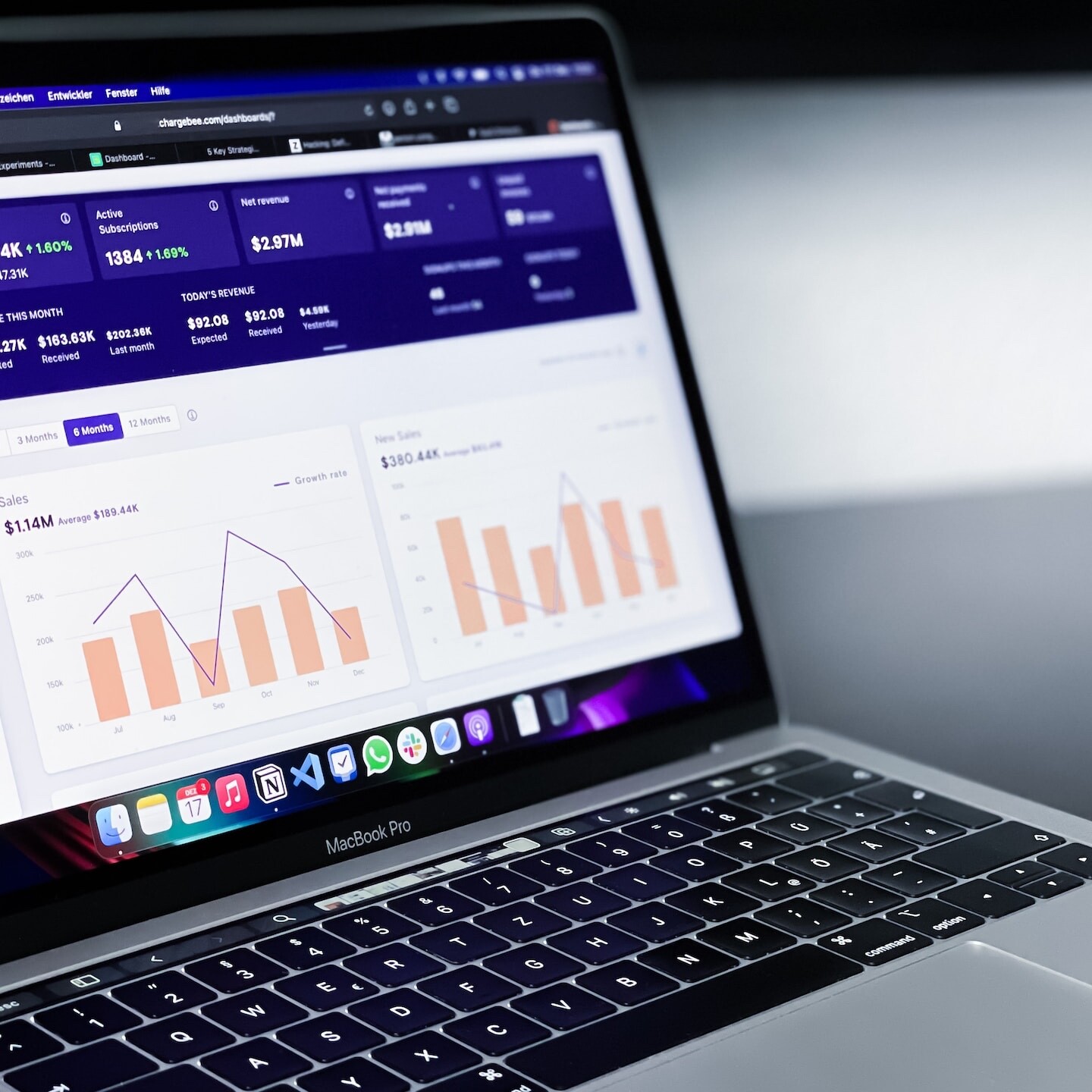The New Age of Packaging Sustainability
With Earth Day (April 22nd) and Arbor Day (April 24) placing a spotlight on sustainability this week, statements on the ecological aspects and efforts of business across industries abound. Despite the fact that sustainability should ideally be on the agenda for every company and brand everyday, the yearly spotlight can act as a needed catalyst for change.
Taking into consideration a growing population and a middle-class rise, the increase in consumerism and the prevalence of eCommerce will see no decrease. As many of these consumers are eco-conscious to a certain extent and follow some semblance of sustainability practices – packaging is, and will continue to be, a necessary component of the consumer equation.
With the growing market, looking at packaging as a commodity – a necessary part of the product life-cycle opens up the conversation to ecological responsibility. Most companies and organizations reaching a level of public recognition and/or revenue are urged to take responsibility for its impact. For example, this week, Apple announced that they had purchased land in partnership with The Conservation Fund in the form of forests to produce their own sustainable packaging. In an effort to ‘leave the world better than they found it’, just purchasing eco-friendly paper was not enough.
Not every company can implement a strategy that produces a 100% renewable, reusable or even recyclable product or package – in some cases, the technology does not (yet) exist. However, thinking about the design, development and life cycle of the project, taking a more conscious approach to the process can result in a more sustainable finished product.
So what can a company do if they can’t buy their own forest (just yet)? Implementing a few best practices in packaging sustainability can make a huge impact as well as provide a marketing value add.
Less Waste
Work with a designer to create die lines that are specifically made for the product, fitting and using only what is essential to protecting the product. Reduce the product-to-package ratio and eliminate unnecessary fill, tape, stickers and adhesives. Incorporate the logo or product information into the design by embossing, eliminating the need for labels.
Better Ink
Using soy or vegetable based inks on packaging can reduce the amount of emissions a business produces. These inks release less volatile organic compounds (VOCs) by avoiding the use of petroleum – easier on both air and water.
Encourage Recycling
In the planning process, source out materials that can be recycled. All materials are not created equal and much of a product’s packaging can end up in landfills. Research and develop a design that is compatible with standard recycling processes and incorporate the symbols and codes into the design to inform and encourage the consumer of the recycling opportunity.
Material Choice
There are a growing number of readily available materials – both natural and man made that have sustainable qualities. Choosing to work with a raw material such as bamboo that is rapidly renewable can also be a benefit to the business with lower costs. Paper should be 100% post consumer waste (PCW) and contain natural colored pulp and come from FSC certified forests. Just this week, the Nutella brand announced they have chosen to work with their product material, using discarded hazelnut shells as their newly designed packaging solution. Options for innovation in green packaging abound as technology shifts forward.
The key for many companies is to start small with a sustainability design initiative. Any amount of shift to more eco-friendly practices can and will make a difference to both the environment and the bottom line of the organization implementing the strategy.



